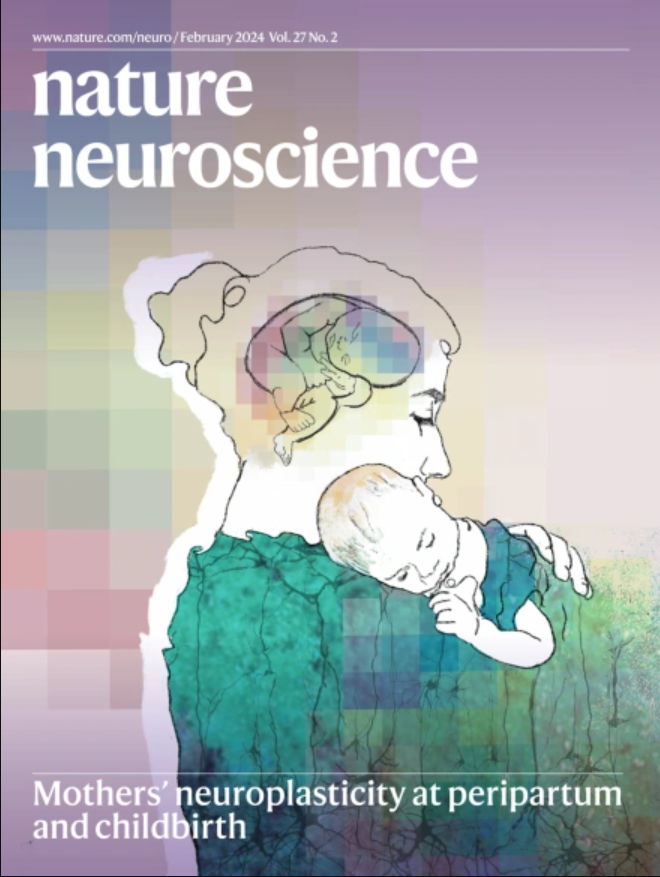Dopamine says do that again
IF 20
1区 医学
Q1 NEUROSCIENCES
引用次数: 0
多巴胺说再来一次
重复的动作可能会通过动作预测误差(一个已执行的动作与其在特定状态下的预测之间的差异)而得到加强,但这种基于动作的、与价值无关的教学信号的实验证据一直缺乏。Greenstreet, Martinez Vergara, Johansson等人训练小鼠进行听觉辨别任务,发现纹状体尾部的多巴胺是学习所必需的,并且在选择任务中,纹状体尾部的多巴胺水平与运动有关,而与奖励无关。运动相关的多巴胺信号在学习过程中减少,在使用不熟悉的刺激时增加,并在选择任务中加强刺激-行动关联;这些发现与多巴胺编码价值无关的行为预测误差一致。结合基于值(通过腹侧纹状体的奖励预测误差)和无值(通过TS的动作预测误差)系统的双控制器模型比单独基于值的控制器更快地学习任务,并且在学习的后期阶段暗示了TS的作用。这些发现表明,TS中与运动相关的多巴胺信号,可能在背纹状体的其他部分,编码了一种与价值无关的教学信号,这种信号加强了状态-动作的联系,促进了动作的重复。因此,行为预测误差可以作为习惯行为实施的基础。原始参考文献:Nature https://doi.org/10.1038/s41586-025-09008-9 (2025)
本文章由计算机程序翻译,如有差异,请以英文原文为准。
求助全文
约1分钟内获得全文
求助全文
来源期刊

Nature neuroscience
医学-神经科学
CiteScore
38.60
自引率
1.20%
发文量
212
审稿时长
1 months
期刊介绍:
Nature Neuroscience, a multidisciplinary journal, publishes papers of the utmost quality and significance across all realms of neuroscience. The editors welcome contributions spanning molecular, cellular, systems, and cognitive neuroscience, along with psychophysics, computational modeling, and nervous system disorders. While no area is off-limits, studies offering fundamental insights into nervous system function receive priority.
The journal offers high visibility to both readers and authors, fostering interdisciplinary communication and accessibility to a broad audience. It maintains high standards of copy editing and production, rigorous peer review, rapid publication, and operates independently from academic societies and other vested interests.
In addition to primary research, Nature Neuroscience features news and views, reviews, editorials, commentaries, perspectives, book reviews, and correspondence, aiming to serve as the voice of the global neuroscience community.
 求助内容:
求助内容: 应助结果提醒方式:
应助结果提醒方式:


